Open dates in 2024: May 1-31 closed Sundays, Aug 17-25, Sept 1-30, closed Sundays, 2pm-6pm
Fee: adult €20, child > 12 years/student/OAP €10

donation
Help me to pay the entrance fee to one of the houses on this website. This site is created purely out of love for the subject and I receive no payment so any donation is appreciated!
€10.00
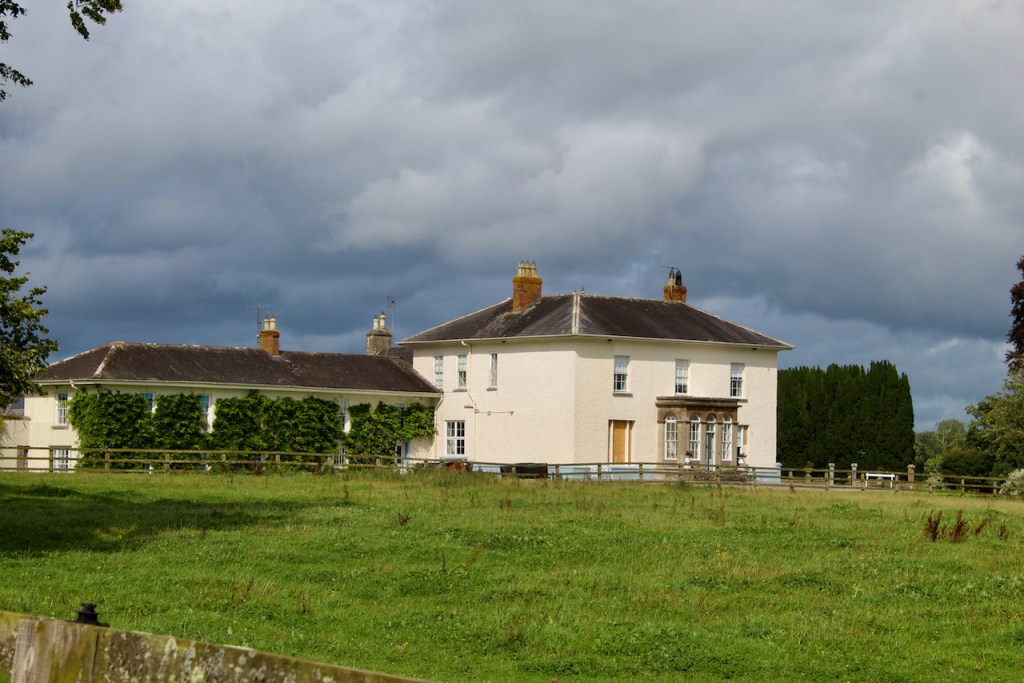
Historic Family Home Tours is a company which brings visitors to three historic houses: twelfth century Castlegarde in County Limerick with its 1820s extension by the Pain brothers, Grenane House, and Lismacue in County Tipperary, https://www.hfhtours.ie/
Unfortunately the tours are for groups, but I’d love to see the other two houses as well some time. However, you can visit Grenane house separately as it is listed on Revenue Section 482.
The house at Grenane in County Tipperary was built by and is still owned by members of the Mansergh family. It was lovely to meet the current owner, Philippa, who is very knowledgeable about the history of the house and her family.
Before the house was built there was a castle on the property. The Civil Survey of 1654 mentions the Grenane property in the parish of Templenoe, recorded as consisting of “the castle and town of Grenane and Ballyhosty” (Ballyhusty) and 660 plantation acres. The castle is described as a garrisoned castle, with thirty thatched cabins and houses nearby, forming the “town.” [1] There is a still a field which is called the “castle field” but the castle was pulled down to build the new house.
The house was probably built between 1700-1710, in time of Daniel and Mary Mansergh, from the stones of the castle. The main house, a three-bay Georgian house of middle size, dates from around 1730. [2] Philippa told us that the house had three storeys originally but the third was removed when the west wing was built, around 1740.

The name “Grenane,” the owner told us, is from “An Grianan,” meaning Our Lady’s Bower.
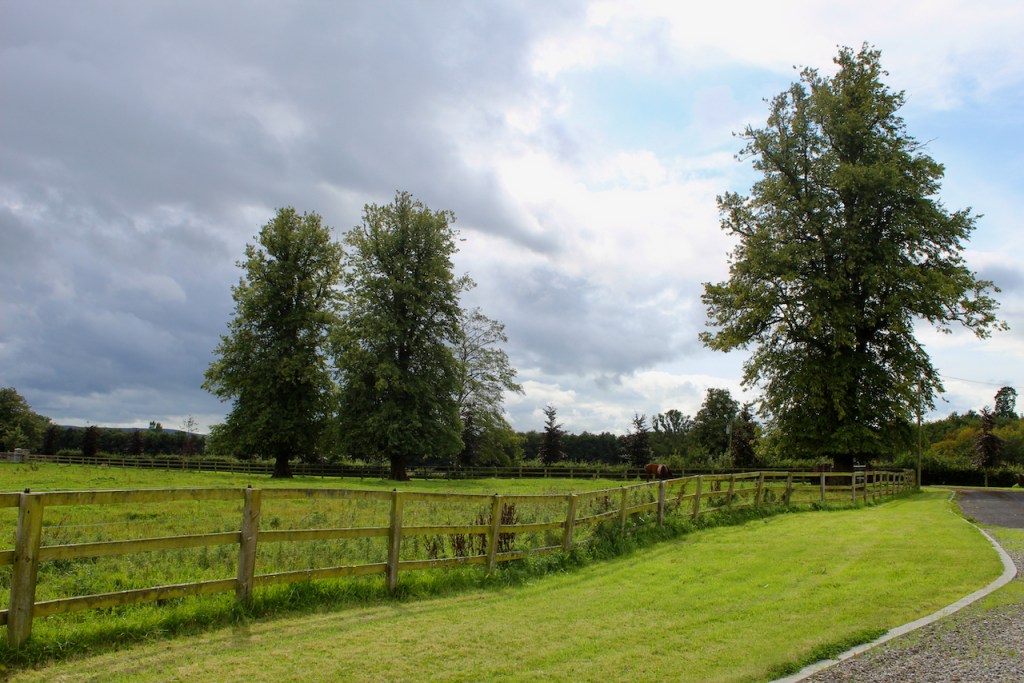

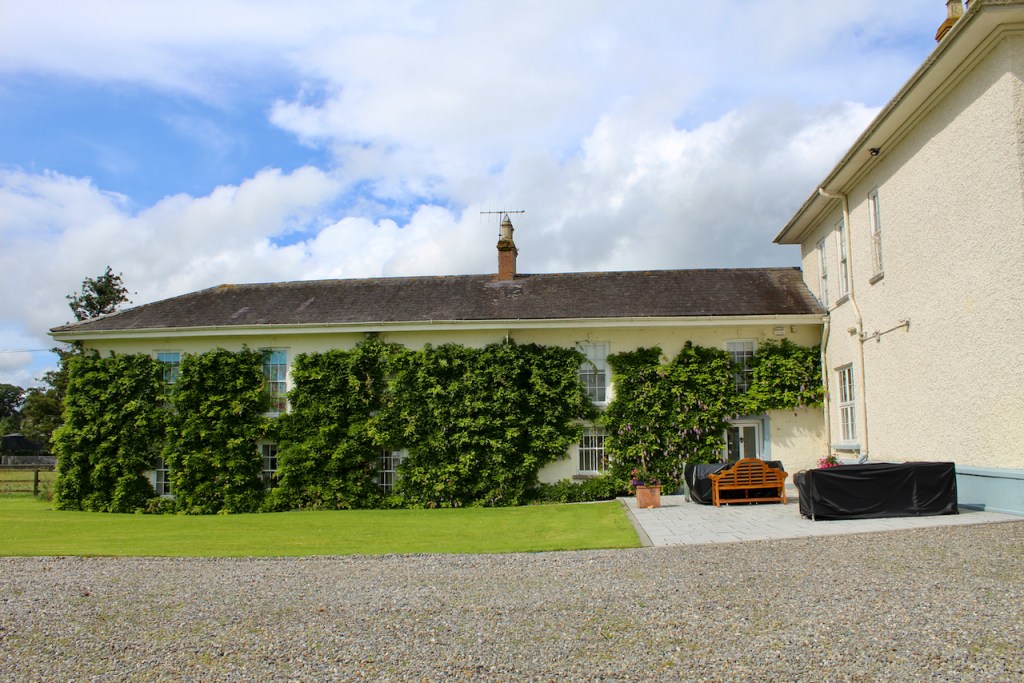
Art Kavanagh and William Hayes tell us that three brothers, Brian, James and Robert Mansergh, came to Ireland from Westmoreland in northwest England, with their uncle Daniel Redman, around 1650. [3]
They became involved in the Cromwellian campaign. However, in 1659, after Cromwell’s death, Daniel Redman entered into secret negotiations with the restored Charles II and was formally pardoned for his support of Cromwell. By 1688, Kavanagh and Hayes tell us, Redman was owner of nearly 13,000 acres in Kilkenny. In the land settlement of 1661, James Mansergh received a grant of Macrony Castle in County Cork. This is still occupied today. Brian and Robert Mansergh settled near their uncle in Kilkenny. Brian acquired Ballybur Castle in County Kilkenny, which is now also a Section 482 property, which we have yet to visit. Redman’s daughter Eleanor married James Butler, 3rd Viscount Ikerrin, and his daughter Elizabeth married John Meade, 1st Baronet of Ballintubber, County Cork. [4]
Brian served as High Sheriff and Justice of the Peace for County Kilkenny. He had a son, Daniel (1664-1735). It was through Daniel’s marriage that Grenane came into the ownership of the Mansergh family. Daniel also inherited Macrony Castle from his uncle Colonel James Mansergh, as James’s son George had no children.
Colonel James’s daughter Eleanor married into the Grenane lands in 1684 when she married Nicholas Southcote. Her daughter and heiress Mary Southcote married Daniel Mansergh and brought with her the Grenane property. It was probably in Daniel and Mary’s time that the current house at Grenane was built.
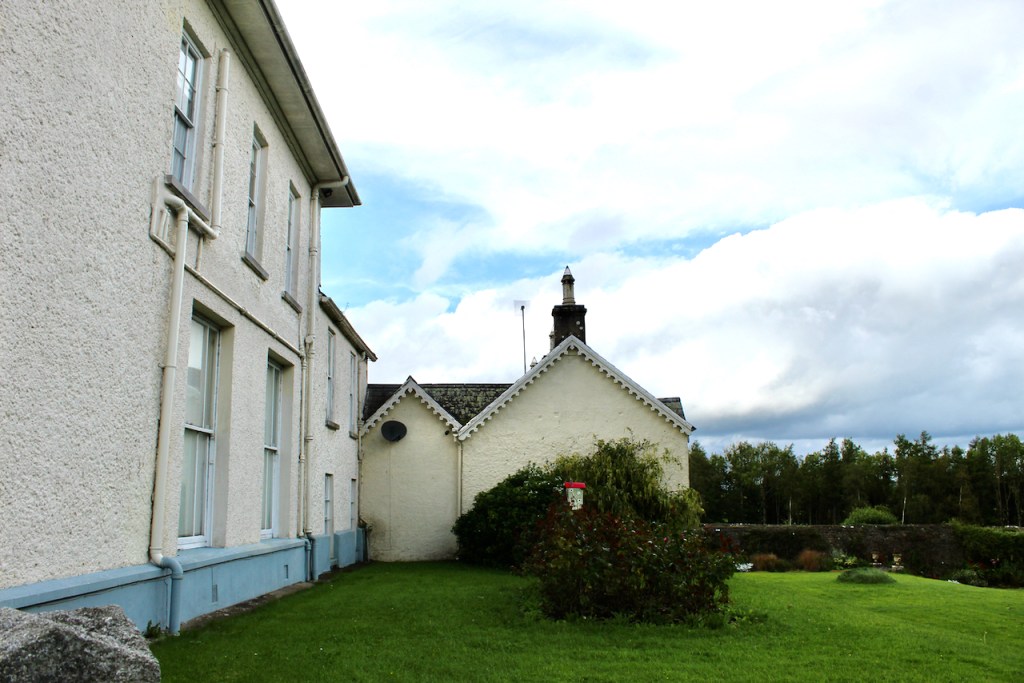
In The Tipperary Gentry, Kavanagh and Hayes tell us the interesting history of the area. Before coming into Mansergh ownership, the land at Grenane was leased to Hardress Waller (1604-1666). He was from a wealthy family from Kent in England, but moved to Ireland after he married an heiress to Irish property, Elizabeth, daughter and coheir of John Dowdall of Kilfinny, Co. Limerick. [5] He served as MP for Askeaton, County Limerick, in the Irish Parliament. At first he supported the Catholic “Old English” who did not want plantation of Protestant settlers in Munster.
However, with the outbreak of the Catholic rebellion in 1641, Waller turned against the “Confederates.” The Confederates were mostly Catholic and many were “Old English” who had settled in Ireland, who wanted to retain their lands despite retaining their Catholic faith. They asserted their loyalty to the King along with their right to keep their faith and their land. The Duke of Ormond James Butler tried to navigate a peaceful means for them to obtain their rights while maintaining loyalty to King Charles I.
The Catholic church became involved in the person of Cardinal Rinuccini, acting on behalf of Pope Innocent X. He came to Ireland in 1645 and brought with him arms and ammunition. The Confederate cause was split, with the emphasis upon the Catholic faith trumping the interest of the Old English who wanted to keep their land and maintain loyalty to the Crown and to King Charles I.
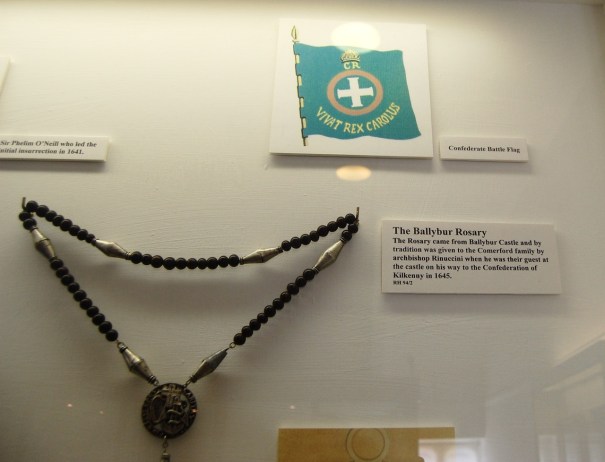
It was a complicated time politically. The Dictionary of Irish Biography tells us that during the summer of 1643 Waller became increasingly critical of the king.
In the spring of 1645 Hardress Waller was serving in the west of Ireland in the Parliamentarian army, possibly under his cousin, William Waller. By April he had taken the solemn league and covenant, and was then appointed as a colonel in the recently formed New Model Army. The Dictionary of Irish Biography continues, telling us that in January 1649 Waller was chosen as a commissioner for the high court of justice to try the king. He attended the trial proceedings as many times as Cromwell, and, on 29 January, signed the king’s death warrant – the only Irish Protestant to do so. After the reinstatement of the Stuart monarchy with King Charles II, Waller was sentenced to death, but the sentence was commuted to life imprisonment on the island of Jersey, where he died.
Waller’s daughter, Elizabeth, married William Petty, author of the Civil Survey of 1654. Another daughter married Nicholas Southcote, a Royalist from Devon.
Nicholas Southcote and Elizabeth had a son, also named Nicholas, who in 1684 married Eleanor Mansergh, daughter of Captain James Mansergh of Macrony Castle, County Cork. The name “Southcote” has been used as an added Christian name in later Mansergh generations.
It was Nicholas and Eleanor Southcote’s daughter and heiress Mary who married her cousin Daniel Mansergh (1664-1735) of Macrony Castle.

Philippa brought us inside and we were shown into the library and sitting room. The drawing room has a Wedgewood frieze around the room and a Bossi fireplace.
The second son of Daniel and Mary, Nicholas Southcote Mansergh (d. 1768), inherited Grenane in 1735, Kavanagh and Hayes tell us. His elder brother James (d. 1774) inherited Macrony Castle. James married Mary St. George and his son Richard inherited the St. George estates and added St. George to his surname.

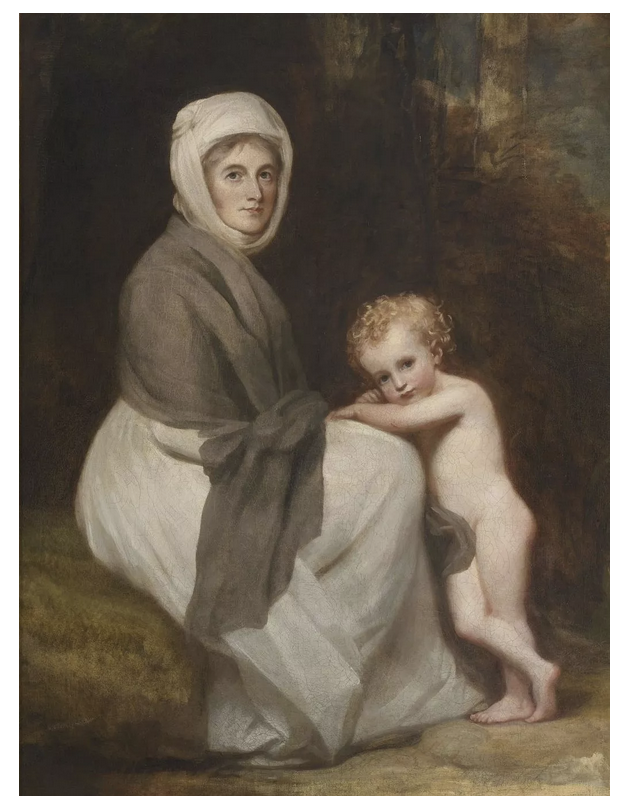
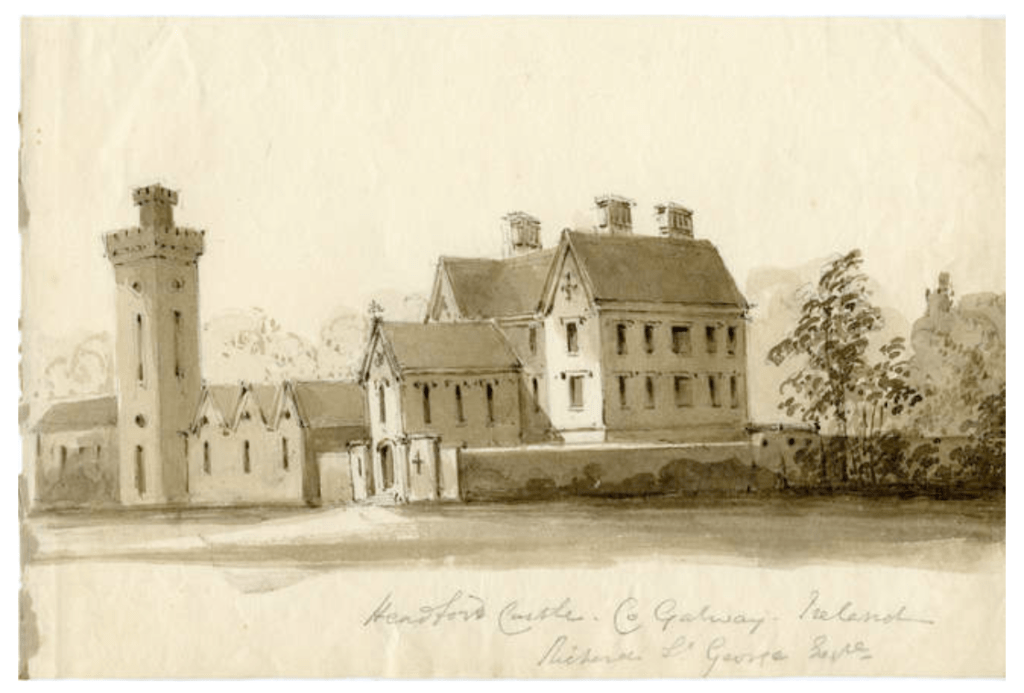
Nicholas Southcote Mansergh owned Grenane for 33 years. He married Elizabeth, daughter of Richard Lockwood of Castle Leake (Castlelake), Cashel, in 1750. His two eldest sons, Nicholas Southcote (d. 1818) and Daniel (d. 1823) continued the Tipperary branches of the family.
In 1770 Nicholas married Elizabeth, daughter of John Carden of Templemore, County Tipperary and sister of John Craven Carden, 1st Baronet of Templemore. It was during their time in Grenane House that the top storey was removed and the south wing, a long two-storey structure, was built.

Nicholas Mansergh the second owned Grenane for around fifty years, outliving his eldest son John Southcote, JP, who died in 1817. John had married Mary, daughter of Richard Martin of Clifford, Co Cork. The Christian name Martin came to be used subsequently in the Mansergh family.
Grenane passed to their son, Richard Martin Southcote Mansergh (1800-1876). A younger son, Charles Carden Mansergh, married Elizabeth Bland, daughter of Captain Loftus Otway Bland. Charles Mansergh and Elizabeth Bland’s daughter Georgiana Constance Antoinette Mansergh married Robert St. John Cole Bowen, of Bowen’s Court in County Cork, and was the grandmother of the writer Elizabeth Bowen – whose short stories I am currently reading!
Richard Martin Southcote inherited Grenane at the age of 18. He married Jane Rosetta, daughter of Robert Bomford and Maria Massy-Dawson of Rahinston, County Meath. He owned Grenane House and estate for about 60 years. He served as a local magistrate.
Richard Mansergh was chairman of the jury in the trial of William Smith O’Brien (1803-1864), a Young Irelander, in 1848. William Smith O’Brien was a politician and served as a member of parliament. Young Irelanders sought Irish independence. O’Brien was arrested at Thurles railway station shortly after his abortive Young Ireland rising which fizzled out at the Widow McCormack’s farmhouse at Ballingarry in July 1848. At the subsequent trial before a jury, O’Brien was found guilty of high treason. Richard Mansergh as chairman of the jury had to announce the verdict. In association with the jury he made a plea for O’Brien’s life in the following terms: “We earnestly recommend the prisoner to the merciful consideration of the government, being unanimous of the opinion that, for many reasons, his life should be spared.”

The jury also included Southcote Mansergh of Grallagh Castle, County Tipperary, a former property of a junior branch of the Butlers. Smith O’Brien, whom Mansergh regarded as a good friend, was transported to Tasmania, and pardoned six years later.
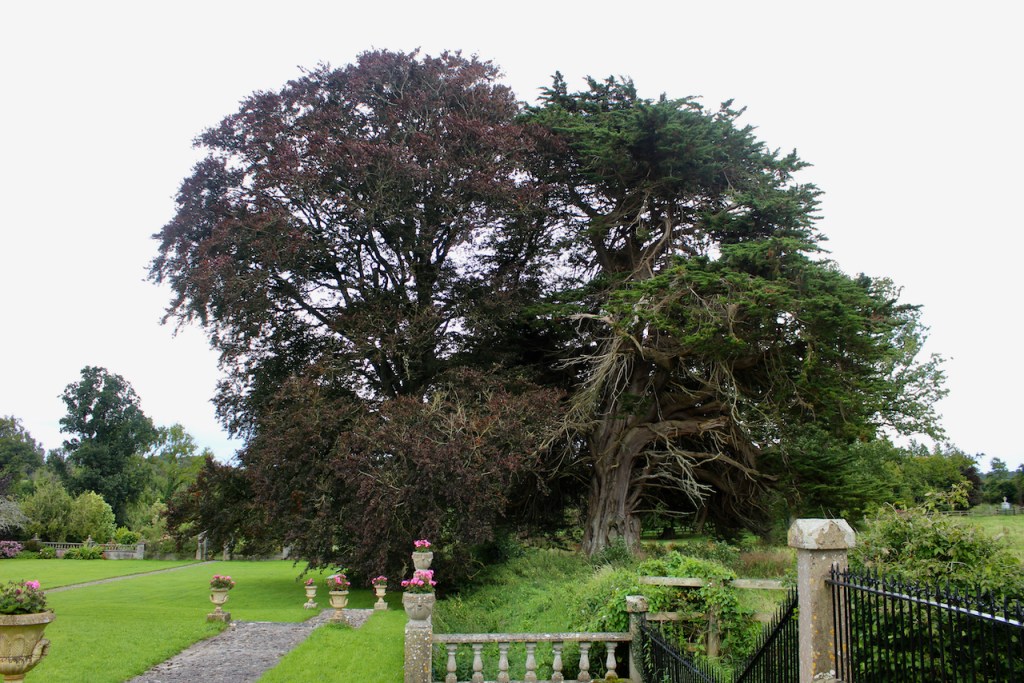
In The Tipperary Gentry, we are told: “Richard Mansergh was a member of the Select Vestry of Tipperary Church of Ireland parish, which approved of the building of the new parish church in the town in 1829. He paid £300 for the family box pew. He always drove by himself to church, and according to family tradition, after going into his family pew he spread a handkerchief over his face and went to sleep. On other outings as magistrate he drove in a coach and four with two postillions dressed in the family livery of buff with scarlet edging.
“He did not employ a land agent. On the occasions on the Spring and Autumn gale days, the days on which the rents were due, it was his custom to sit at a table under a lime tree at the corner of the avenue, receiving the rent from his seventy or so tenants, listening to whatever complaints they were brave enough to voice, and “dispensing justice as he thought fit.” His eldest son and heir, John Southcote [1823-1899], popularly called Colonel Johnny, stood beside him, “and sometimes helped to soften the decision.”
Philippa told us that during the Famine, nobody at Grenane died nor emigrated. The walled garden was built and trees were planted, as ways of providing employment and pay. Kavanagh and Hayes tell us that:
“During the years of the Great Famine, Colonel Johnny was chairman of the Tipperary Town Relief Committee, the function of which was to submit orders for Indian meal, raise subscriptions, apply for matching government grants and supervise public works. The main works undertaken were whitewashing the poorer houses, putting in sewers and footpaths to try to reduce the risk of fever, and leveling and draining number of roads leading out of the town.”

Colonel Johnny also gave practical help by allowing a sewing project for women on the estate in the late 1840s.
He married Sissy Wyatt of Flintstone, but only about six months after his father’s death in 1876 he and Sissy moved to London where they continued to live until their death. It was at that stage that Grenane became heavily mortgaged and was let.
Johnny had a brother, Richard St. George Mansergh (1832-1897). The house passed eventually to his son, Philip St. George Mansergh (1863-1928).
Philip’s elder brother, Richard Southcote Mansergh who had succeeded to Grenane, went to live in Friarsfield House, built by the family as a dower house around 1860. [6] This is now occupied by former senator Martin Mansergh, a cousin of the current owner of Grenane, Philippa Mansergh-Wallace. They are both grandchildren of Philip St. George Mansergh.
Philip St. George Mansergh (1863-1928) had been sent to Australia at the age of 18 with only £40 in his pocket and his passage. He had trained as an engineer. Kavanagh and Hayes tell us that he was involved with construction of railway lines in Queensland, Australia, in New Zealand and in Africa on the “Cape to Cairo” railway. His descendant Philippa, current resident of Grenane, has wonderful photographs from this period. Philip married his cousin Ethel Marguerite Otway Louise Mansergh. They had two sons.
Philip returned from his railway engineering career in Africa in 1906, by which time the estate was reduced to its demesne lands. [7] Much land was dispersed in the Land Purchase Acts.
Martin Mansergh’s father (Philip) Nicholas Seton Mansergh (1910–91) was a historian who wrote many books about Ireland including The Irish Free State: its government and politics (1934), The government of Northern Ireland: a study in devolution (1936) and Ireland in the age of reform and revolution, published in 1940 (and in a revised edition as The Irish question, 1840–1921 in 1975). The unresolved question: the Anglo-Irish settlement and its undoing, 1912–72 (1991) was published after his death, as were two volumes of essays, edited by his widow, Diana: Nationalism and independence: selected Irish papers (1997), and Independence years: the selected Indian and commonwealth papers of Nicholas Mansergh (1999). [7]
There is a charming playroom in Grenane house which has every surface covered by gorgeous painting by Marion McDonnell of Tipperary depicting “The Mice of Brambley Hedge.” This took two years to paint. I could have looked at it for hours, it is so detailed and wonderful.
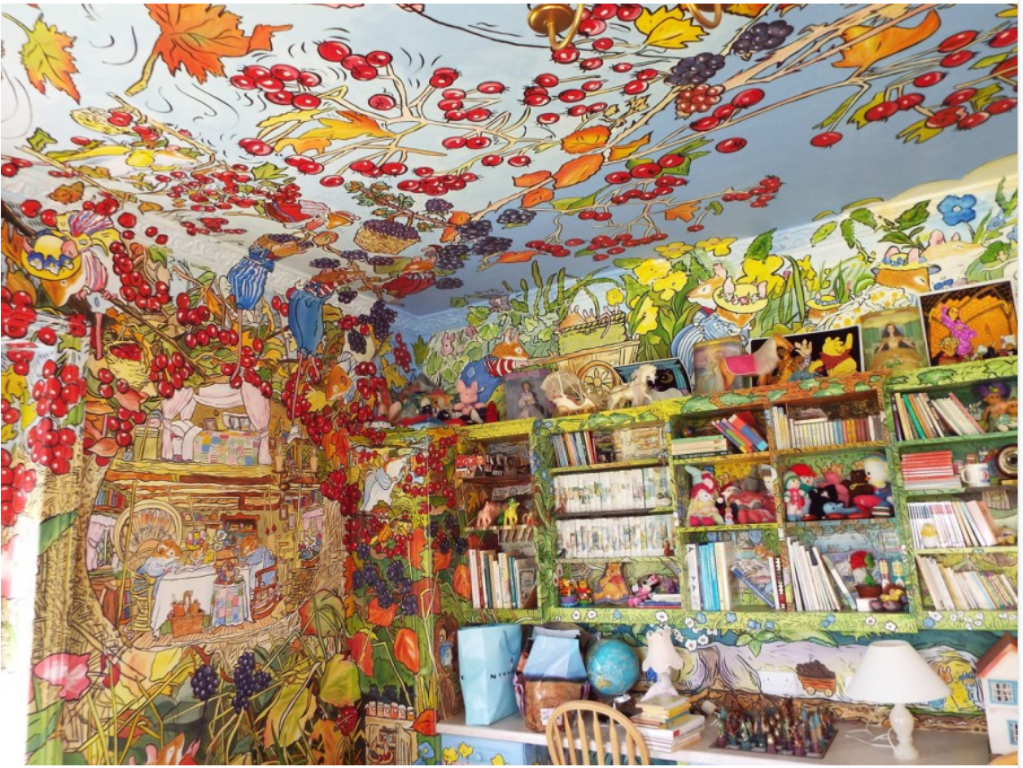
Philippa then brought us outside to see the garden. These feature a hazelnut walk, the only one in Ireland. There is a summerhouse in the shape of an old 50 pence. The terraces were laid out around 1860 by a great aunt, Charlotte Mansergh. Philippa has planted a forest of trees. Unfortunately it was starting to rain so we didn’t linger as long as we would have liked. It was a lovely visit.
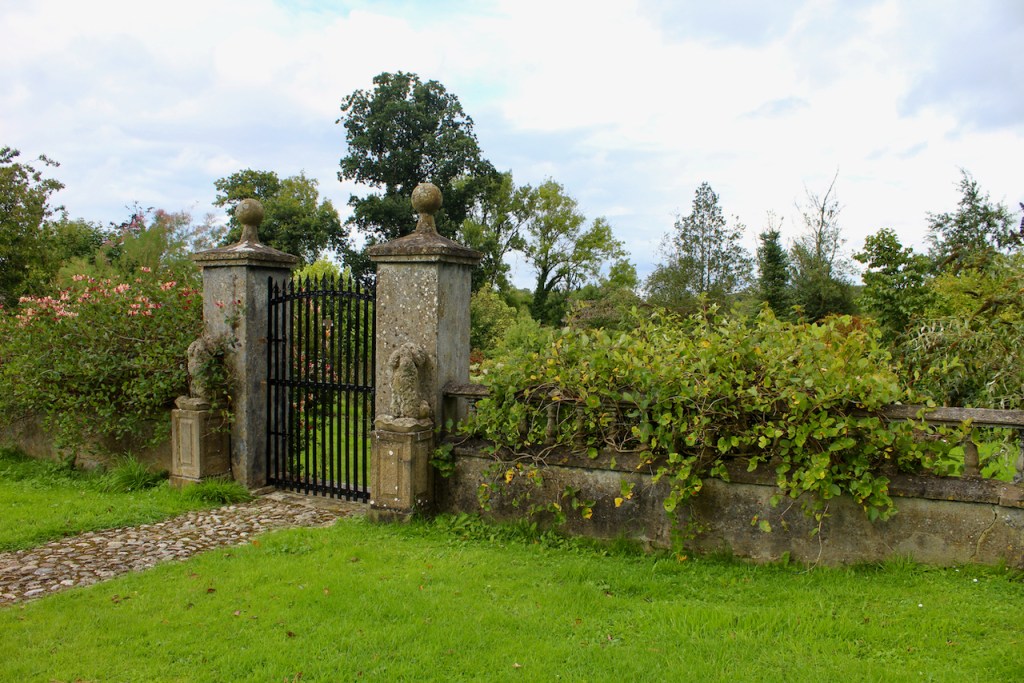



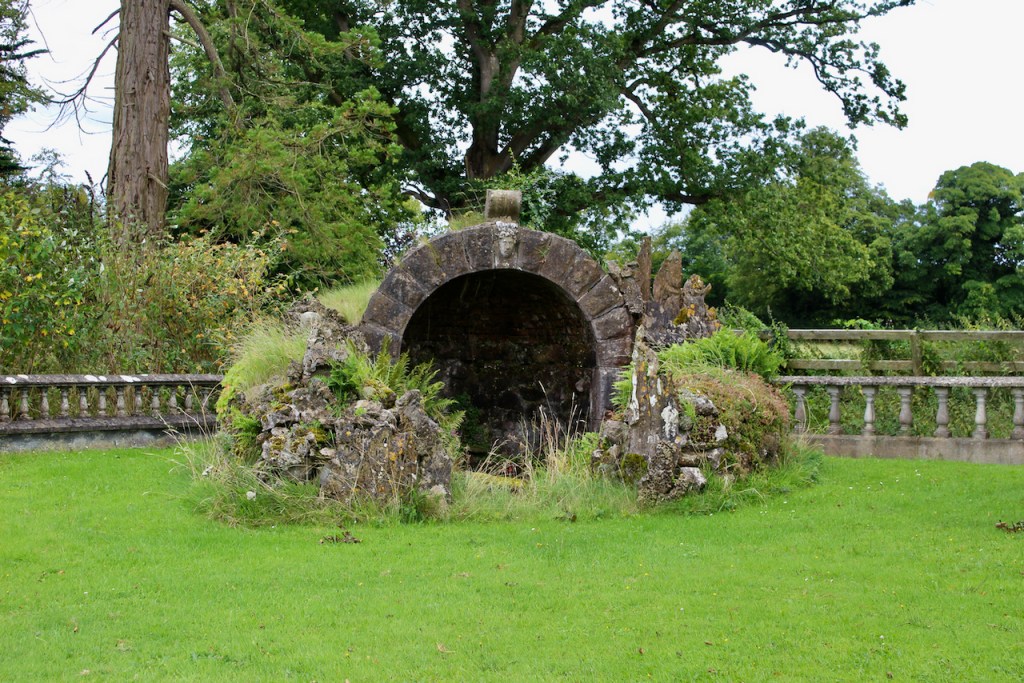
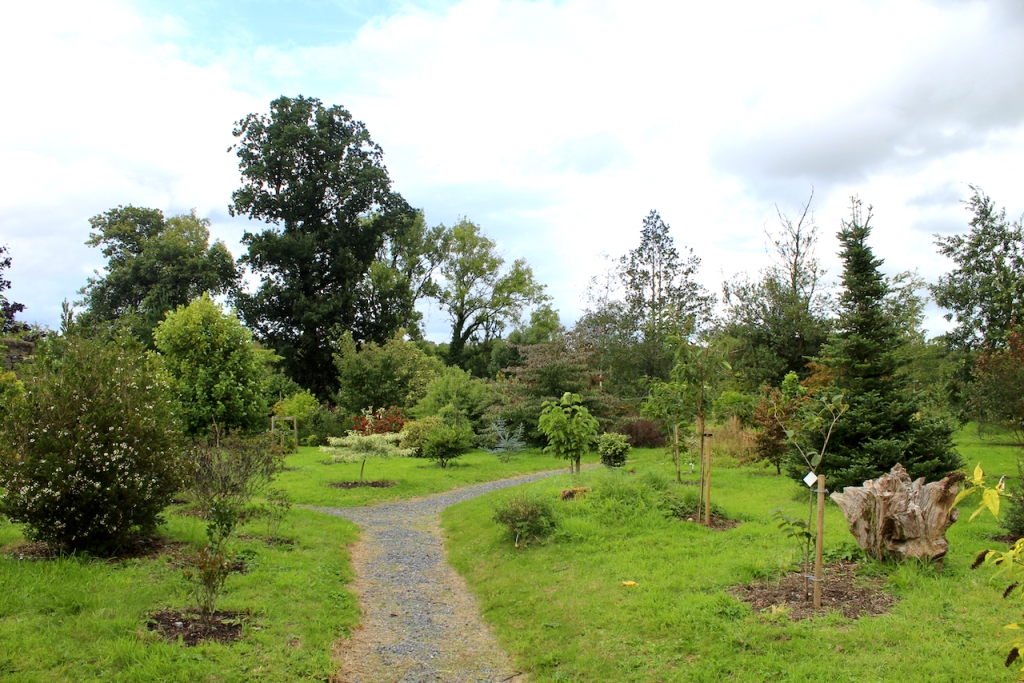
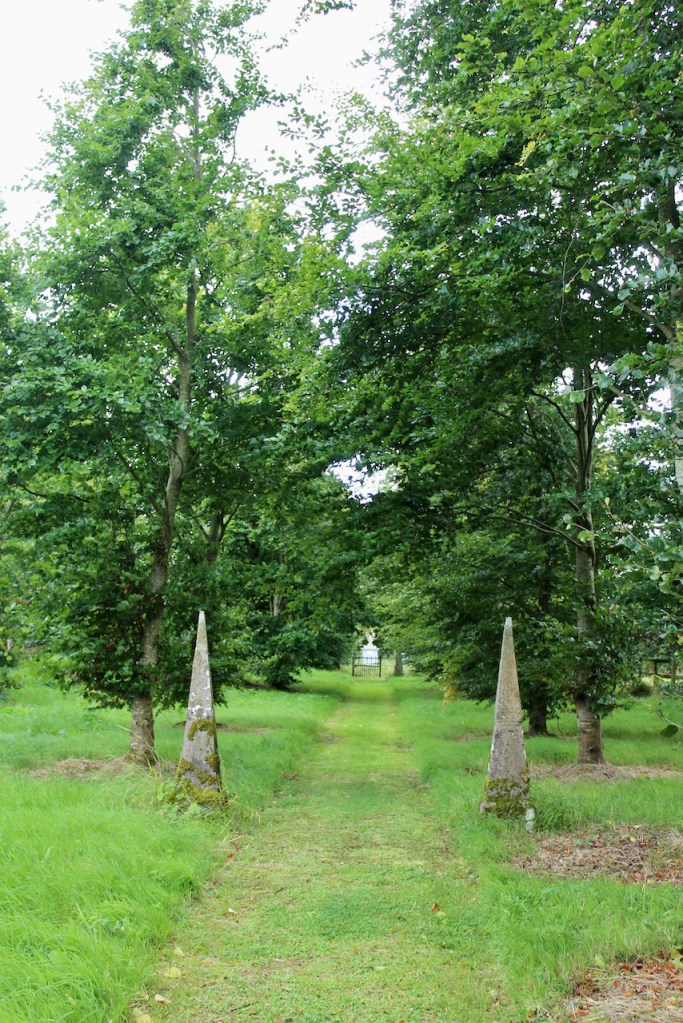
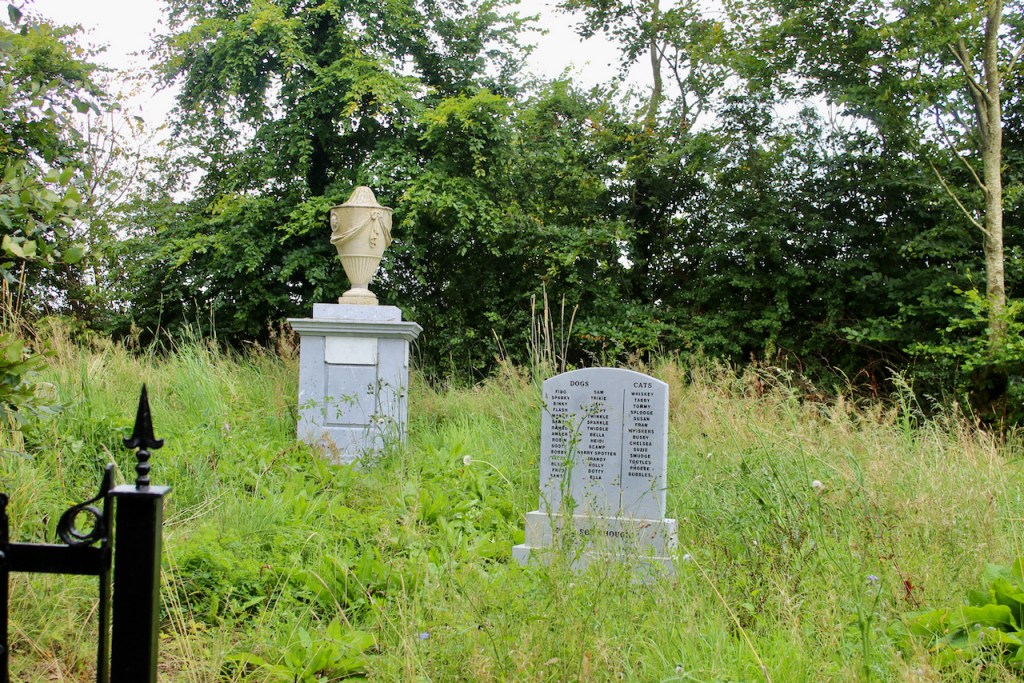
[1] p. 127. Kavanagh, Art and William Hayes. The Tipperary Gentry. By William Hayes and Art Kavanagh. Published by Irish Family Names, c/o Eneclann, Unit 1, The Trinity Enterprise Centre, Pearse St, Dublin 2, 11 Emerald Cottages, Grand Canal St, Dublin 4 and Market Square, Bunclody, Co Wexford, Ireland. 2003.
p. 127 refers to R.S. Simington, ed. Civil Survey of Ireland, Co Tipperary, Vol. 2, p. 42, 1934.
[2] p. 128, The Tipperary Gentry.
[3] p. 127, The Tipperary Gentry.
[4] Mosley, Charles, editor. Burke’s Peerage, Baronetage & Knightage, 107th edition, 3 volumes. Wilmington, Delaware, U.S.A.: Burke’s Peerage (Genealogical Books) Ltd, 2003.
[5] https://www.dib.ie/biography/waller-sir-hardress-a8861
[5] p. 128, The Tipperary Gentry.
[6] p. 124, The Tipperary Gentry.
[7] https://www.dib.ie/biography/mansergh-philip-nicholas-seton-a5440